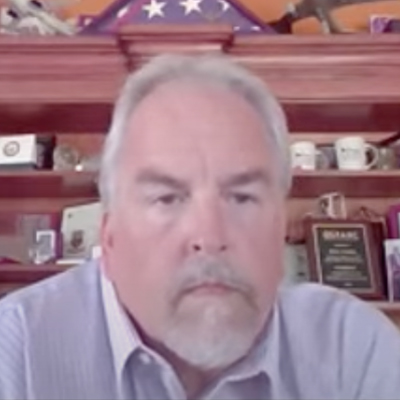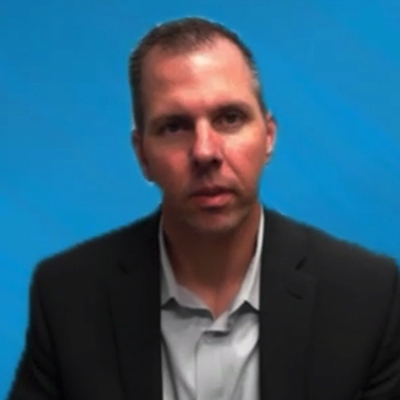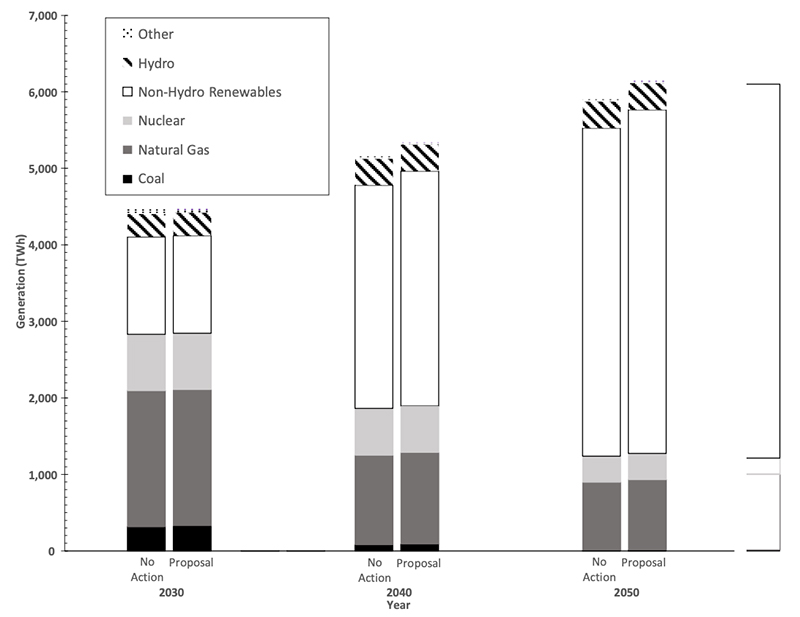ERCOT stakeholders agreed last week to endorse staff’s recommended changes to the operating reserve demand curve that will serve as a bridge to Texas regulators’ proposed performance credit mechanism (PCM).
Staff are proposing to add multistep floors within the same range of operating reserves. Their analysis has shown floors of 6,500 MW at $20/MWh and 7,000 MW at $10/MWh would have increased revenues to generators by about $500 million during the 2020 and 2022 pricing years.
ERCOT says that the ORDC increasing during substantial operating reserve surplus periods will improve pricing signals, help retain existing assets, add new dispatchable generation and reduce the frequency of reliability unit commitments — all objectives of the Public Utility Commission when it directed the grid operator to evaluate bridging options.
After exploring several other alternatives in recent weeks, the Technical Advisory Committee sided with the staff proposal during a special meeting April 10 by a 21-6 vote, with two abstentions. All six representatives of the Consumers segment voted against the endorsement, citing a preference for a dispatchable reliability reserve service that they said would create more reserves and lead to a bigger reserve margin.
TAC members were supportive of an initial staff recommendation to publish an indicative PCM but determined it didn’t meet the bridging option’s requirements. The PUC required alternatives that make only minimal system changes and be implemented within a year, align with the existing market framework and can be hedged by market participants through their energy positions.
Mark Dreyfus, who represents the city of Eastland and other commercial consumers, said the proposed floors will create a “significant” wealth transfer from consumers to generators. He called for more transparency and reporting from the generators on the increased revenues intended to stimulate generation construction.
“I think it is important that we get … some commitment that these funds won’t be used for the purposes that are laid out in the investment in existing generation and in new generation,” he said. “There’s no obligation on the part of the generators at the end, nor are they competing for these funds.”
Dreyfus found support from Randy Jones, a 17-year Calpine executive who spent two years on the previous ERCOT Board of Directors representing the Independent Generators segment. TAC Chair Clif Lange jokingly introduced Jones as “member emeritus.”
“I get nervous when we talk about mechanisms to absolutely push money from the demand side to the supply side, without real justification and without delving into what the potential unintended consequences are,” Jones said. “It seems to me that the policy shift that is occurring in Austin and at the commission is one that says, ‘Look, we’re tired of feeding money to renewable resources and allowing them to enjoy the benefits of the ORDC that dispatchable units actually earned.’
“Whatever change for a bridge mechanism we put in place should contain a proposal of not paying additional revenues to wind and solar and focusing on moving those revenues strictly to what it is you’re trying to encourage, which is dispatchable generation.
“I couldn’t agree more with Mark in the sense that we need to know … if this is actually going to serve the policy decisions that the commission has made. Maybe it’s time that we shift from being revenue neutral to being more targeted with these changes,” he added.
Staff will present their alternative and TAC leadership its minority position to the board’s Reliability and Markets Committee on Monday. The full board will take up the recommendation Tuesday. It is expected to eventually make a recommendation to the PUC.
Credit Group Adds Members
TAC members also confirmed two additional members to the committee’s newest stakeholder group, the Credit Finance Sub Group (CFSG).
National Grid Renewables Energy Marketing’s Jacqui Runholt and CPS Energy’s Jimmy Kuo will represent the Independent Power Marketer and Municipal segments, respectively.
The CFSG now has 13 members, and they will eventually vote on the group’s leadership. Austin Energy’s Brenden Sager and Reliant Energy’s Loretto Martin are running unopposed for the group’s chair and vice chair positions, respectively.



